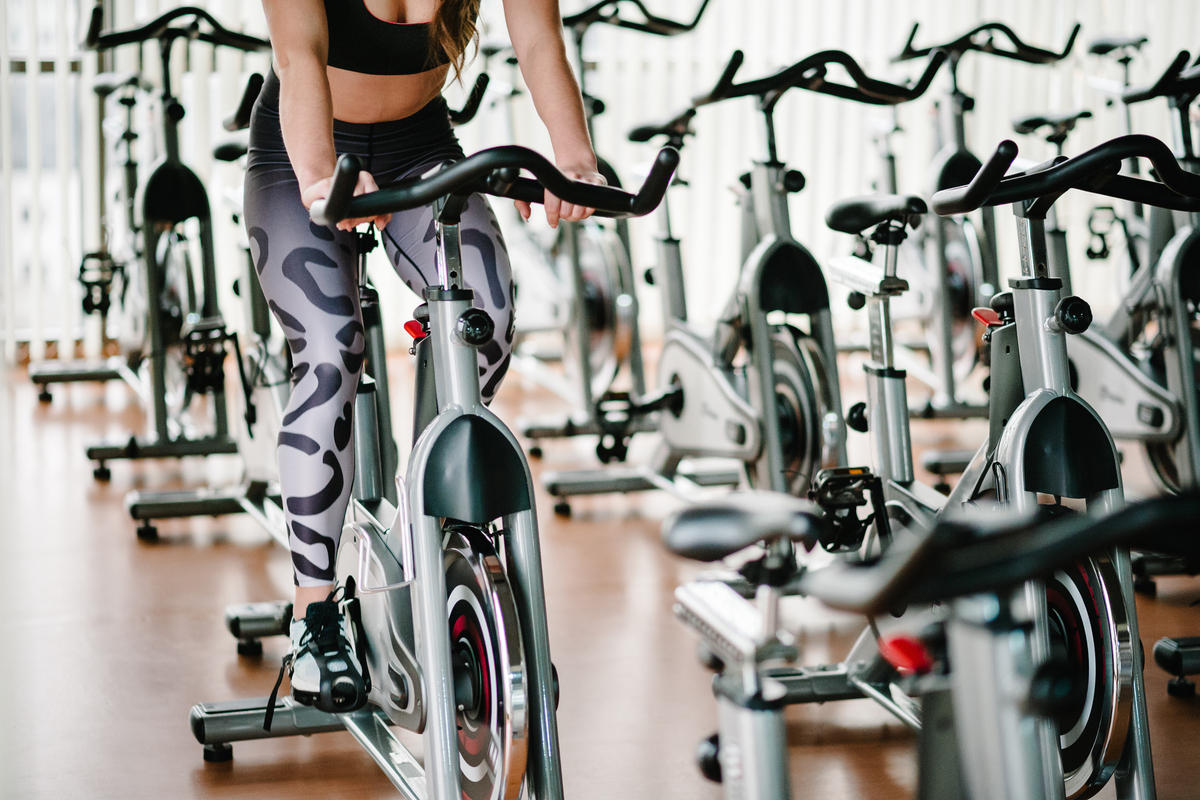You may love to work up a sweat with tough classes, but taking a low-impact class is just as important – and beneficial!
“Hitting the pavement” is a phrase many runners take pride in using when describing their cardio of choice, and it undeniably evokes the exhilaration of putting miles on your sneakers. However, the force on your body while running, playing contact sports or engaging in other high-impact exercises should prompt you to incorporate low-impact workouts into your wellness routine.
Your body reacts to the shock of making contact with the ground by absorbing that impact, and this stress increases the likelihood of injuries in your joints, bones and back. Exercises such as swimming and indoor cycling eliminate the impact your body has with the ground, which greatly reduces the risk of getting hurt.
Here’s why low-impact exercise is key for training:
What is low-impact training?
Low-impact exercises place little to no jarring force on your body because at least one of your feet remains on the ground or is supported by a foundation, such as a stationary bike pedal or elliptical platform. When your feet simultaneously leave the ground in high-impact exercise, you increase your chances of injury that results from this shock.
How often should someone incorporate low-impact training into their schedule?
If you are new to fitness, or if your doctor has recommended that you concentrate your workouts within exercises that minimize stress on your hips, knees, or other joints, the majority of your exercises should be low-impact.
If you are an avid runner, or someone who can complete high-impact workouts with little to no injury, try trading in high-impact exercises for low-impact alternatives about 30 percent of the time.
You can do this by asking your instructor for modifications if you do not want to completely change your routine. Also, though the jarring effect of high-impact exercise warrants adding low-impact changes, high-impact exercises can strengthen your bones and greatly improve your endurance. Consult your physician on the combination that is best for your body, and keep in mind that cross-training will also add more variety to your workout schedule and work different muscle groups.





